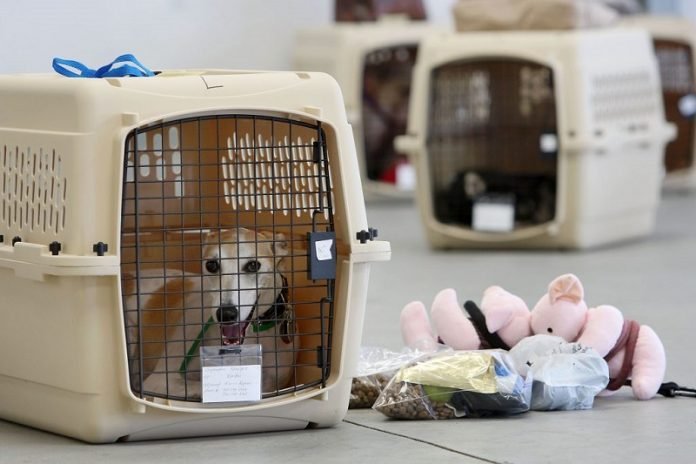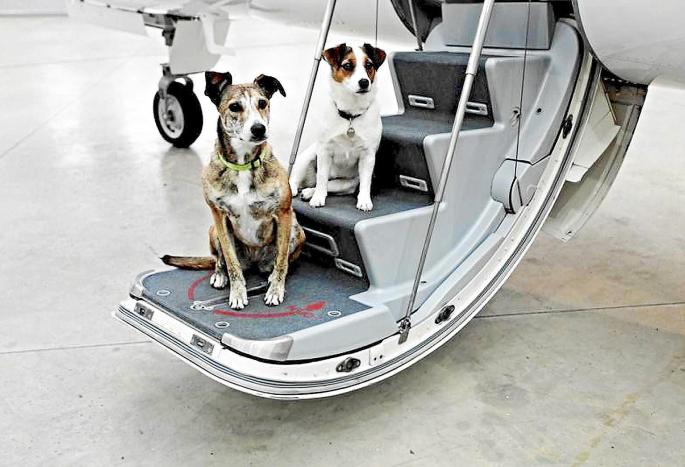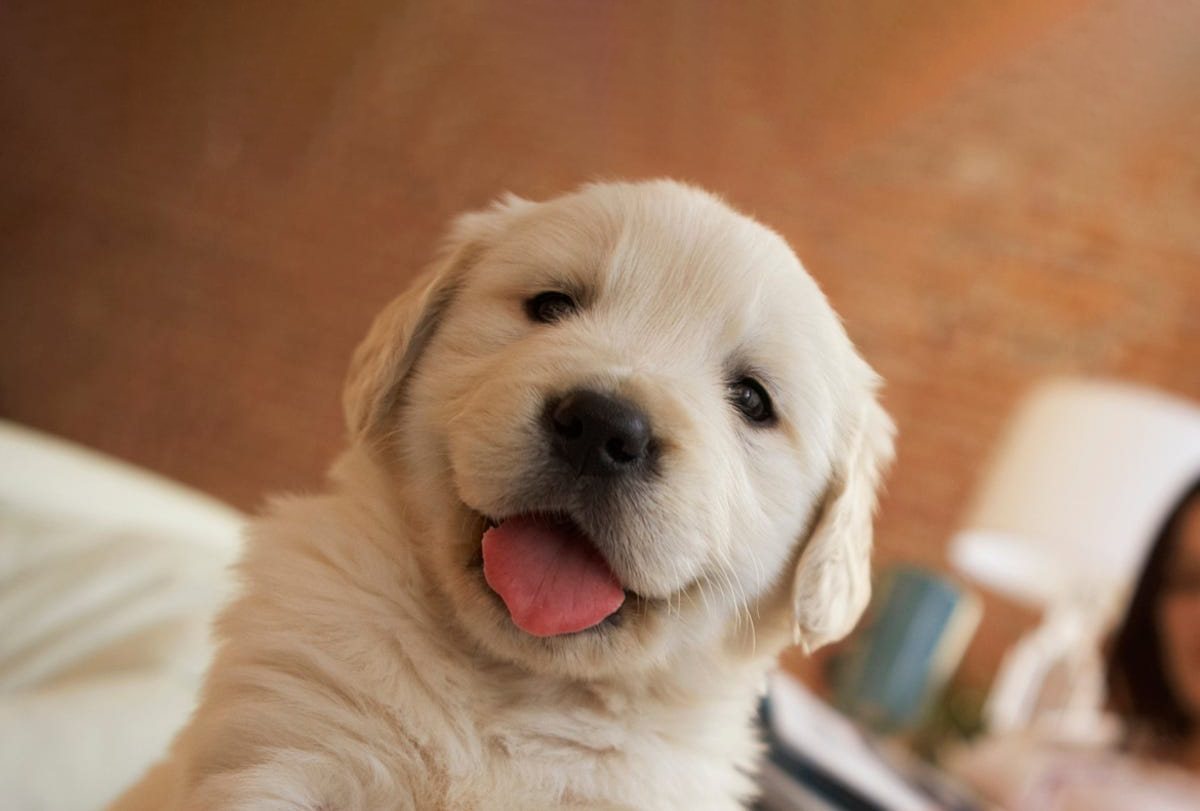Transporting your pet from Vietnam to Gyeongju, South Korea, can be an exciting adventure, but it requires careful planning and adherence to specific regulations. Ensuring your pet’s safety and comfort throughout the journey is essential. This guide provides crucial information on what you need to know to make the process as smooth as possible.
Table of Contents
Toggle1. Understanding Pet Import Regulations
Before you transport your pet, it’s vital to understand South Korea’s import regulations to ensure compliance and avoid any issues at customs.
1.1. Health Certificate

- Veterinary Health Certificate: Your pet must have a veterinary health certificate issued by a licensed veterinarian in Vietnam. This certificate should confirm that your pet is in good health and free from contagious diseases.
- Vaccination Records: Ensure that your pet’s vaccinations are up-to-date. Specifically, a rabies vaccination is mandatory and must be administered at least 30 days but not more than 12 months before entering South Korea.
1.2. Microchipping

- Microchip Identification: South Korea requires pets to be microchipped with an ISO 11784/11785 compliant 15-digit pet microchip. Make sure the microchip is registered and that the details are accurate and up-to-date.
1.3. Import Permit

- Application for Import Permit: An import permit from the Animal and Plant Quarantine Agency (APQA) in South Korea is required. This permit should be obtained well in advance of your travel date and will require submission of various documents, including the health certificate and proof of vaccination.
1.4. Quarantine Requirements

- Possible Quarantine: Pets may be subject to quarantine upon arrival if they do not meet all health and vaccination requirements. This period can range from a few hours to several days depending on the specifics of your case.
2. Preparing for the Journey
Proper preparation is key to ensuring your pet’s journey is as stress-free as possible.
2.1. Veterinary Check-Up
- Pre-Travel Health Check: Schedule a visit with your veterinarian to ensure your pet is fit for travel. Your vet will verify that all vaccinations are up-to-date and that your pet is in good health for the journey.
2.2. Booking Flights
- Choosing a Flight: Contact airlines to understand their policies regarding pet transport. Some airlines offer special services for pets, such as dedicated compartments or cabins. Make sure to book a flight that suits your pet’s needs, considering factors such as flight duration and layovers.
2.3. Crate Training
- Selecting the Right Crate: Choose an IATA-approved travel crate that is well-ventilated, secure, and comfortable for your pet. Ensure it meets all airline requirements and is large enough for your pet to stand, turn around, and lie down comfortably.
- Crate Training: Familiarize your pet with the crate well before the travel date. This can help reduce stress and make the travel experience more comfortable.
2.4. Packing Essentials
- Comfort Items: Pack items that will make your pet feel at home during the journey, such as their favorite blanket, toys, and food. Ensure you also include any medications your pet may need.
3. Arriving in Gyeongju

Upon arrival in Gyeongju, there are several important steps to follow to ensure a smooth transition for your pet.
3.1. Customs and Quarantine
- Customs Clearance: Present all required documents, including the health certificate, vaccination records, and import permit, to customs officials. Be prepared for a thorough inspection.
- Quarantine Procedures: If your pet is required to undergo quarantine, it will be housed in a designated facility until all health checks are completed. Ensure you have contact information for the facility and stay updated on your pet’s status.
3.2. Finding a Veterinarian
- Local Veterinary Services: Once you arrive, locate a reputable veterinarian in Gyeongju for a post-arrival health check. It’s crucial to have a local vet who can assist with any health concerns or follow-up vaccinations.
3.3. Settling In
- Adjusting to a New Environment: Allow your pet time to adjust to their new surroundings. Create a comfortable space for them with familiar items and maintain a routine to help them feel secure.
4. Additional Tips
4.1. Language Barrier
- Communication: While English is commonly spoken in South Korea, it’s helpful to learn some basic Korean phrases or have a translation app handy, especially when dealing with veterinary services or pet-related issues.
4.2. Pet Insurance
- Travel Insurance: Consider obtaining travel insurance for your pet to cover any unexpected events or medical needs during the journey.
4.3. Cultural Considerations
- Pet-Friendly Areas: Gyeongju is a relatively pet-friendly city, but it’s a good idea to familiarize yourself with local regulations regarding pets, including leash laws and pet-friendly public spaces.
Conclusion
Transporting your pet from Vietnam to Gyeongju, South Korea, involves careful planning and adherence to regulations to ensure a smooth and safe journey. By understanding import requirements, preparing adequately, and addressing your pet’s needs upon arrival, you can help ensure that your pet’s transition to their new home is as comfortable as possible. With the right preparation and attention to detail, you and your furry friend can embark on this new adventure with confidence.














